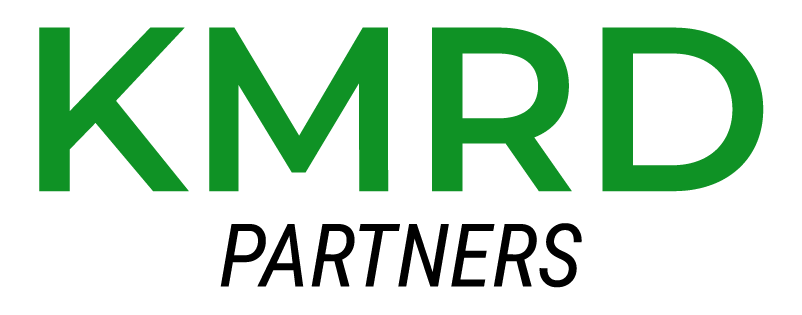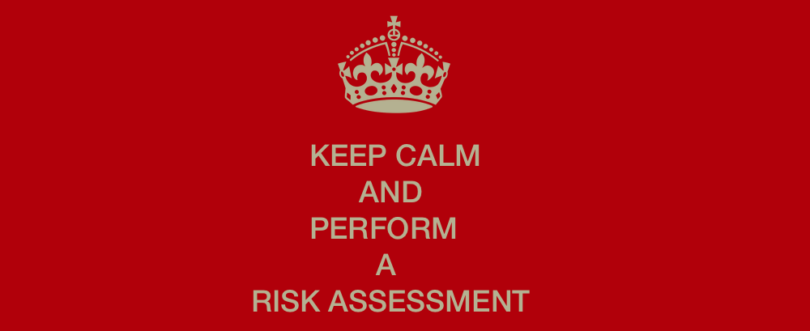5 Steps Every Employer Should Consider When Performing a Risk Assessment
Effective risk management is critical in today’s regulatory climate. Rating agencies and regulators have come to expect companies to know their risk profiles and implement the correct structures and processes to reduce risks and exposure.
Performing a risk assessment allows business managers to identify and control risks to build up high performance businesses. And while they can vary greatly from business to business, we tend to see the same five steps over and over again.
To be sure, the risk assessment should be tailored for the particular business or industry to comply with governing laws and regulations for various industries. But don’t let this hold you back from performing a risk assessment, because there is also good news. Most workplace risks are relatively easy to identify and many do not require a high dollar, complex answer to solve.
5 Steps for Performing a Risk Assessment
- Identify all possible physical, mental and chemical hazards at your workplace that may result in bodily harm. Numerous studies have shown that injuries related to lifting, carrying and lowering materials account for approximately one-third of all workplace accidents. And biological hazards can be problematic for aging services organizations trying to ensure compliance, maintain financial strength or even survive over the longer-term. In fact, it’s one of the reasons so many aging services organizations fail their state audits each year.
- Determine who can potentially be harmed by these hazards, as well as the manner in which they can be harmed, including injuries and physical and psychological health effects. While performing a risk assessment, consider all the people who can be affected by the activity (not just those doing it) and remember to include employees, subcontractors, delivery and service personnel, customers – and anyone else who has reason to visit your facility, drive a company-owned vehicle or visit other facilities owned by the business.
- Assess the probability, frequency and scale of each risk you have identified. Ask yourself if there is a realistic chance that someone can be affected by this hazard or risk and consider how you can reduce the impact or entirely remove it from your business. Determine the controls required to reduce the risks, implement an effective risk control plan, and create emergency contingency plans in the event they are ever needed.
- Make a physical record of your significant findings and conclusions, and ensure all stakeholders follow best-practices in anticipating and responding to these risks. This record should be a living document that is used by your team, something you return to in order to update on a regular basis. At a minimum, it should show that you properly checked the hazard, asked who might be affected, dealt with all obvious issues (taking in to account all parties involved), and that precautions were made and remaining risks are low or nonexistent.
- It is good practice to occasionally review your assessment to make sure all precautions are still in place and deemed effective. This, we’re proud to say, is where we excel. In fact, our approach to risk management is a big reason why clients stay with KMRD. And a big part of our value to clients is our reliability. We make sure the assessment is correct and the review process is effective every single time. KMRD’s unique advantage – our disciplined approach and proven risk processes combined with our world-class services team and our award-winning collaborative risk portal – works to mitigate and reduce cost of risk and prevent hazards from ever happening again.
Need To Perform a Risk Assessment? KMRD Can Help
Our KMRD experts are available to help you perform a risk assessment of your business. And once your assessment is completed, partnering with KMRD can help you manage risk through insurance and risk programs backed by our disciplined approach, proven process, world-class service team, and our collaborative risk management portal.
Contact us below to have a KMRD risk expert perform a risk assessment. We’ll help you to identify all your hazards and gaps in coverage and correct all key exposures to secure your business.
Contact UsSee Risk Management Consulting About KMRD
Note: This content is provided as general background information and should not be taken as legal advice or financial advice for your particular situation. Make sure to get individual advice on your case from a KMRD risk professional before taking any action.





